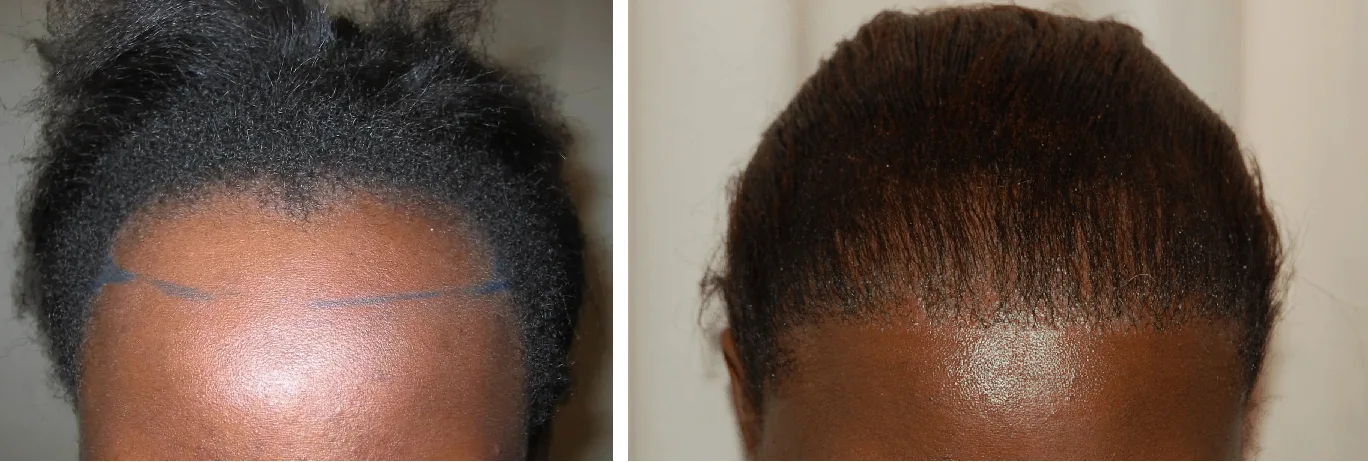Dental Hygienist: “Do you floss daily?”
As a dental hygienist, I typically find two kinds of patients in my chair; those who floss and those who do not. During our time together for their appointment, I am able to see the truth behind their answer to my question above regardless of if they respond “yes” or “no”.
Flossing is essential in removing the microscopic bacteria that we call plaque (or biofilm) from underneath our gums and against our teeth.
What is “plaque” you might ask? Plaque is sticky film consisting of bacteria and its products, that feeds on leftover foods (especially sugar) in our mouth and mixes with the other bacteria and can cause cavities if it sits on our enamel (the outer shell of the tooth) as well as penetrate down into our gums and cause gingivitis (a reversible gum disease that causes inflammation of the gums) or even more severely can turn into periodontal disease (a gum disease that is not reversible but can managed with the help of a dentist, dental hygienist or even specialist dentist called a Periodontist if need.)
If this biofilm of bacteria is not removed daily with brushing and flossing, it can become mature and turn hard into a thick cluster of plaque that we call tartar or calculus. Once the plaque has matured into tartar, a dental professional will need to remove it for you. Maybe now we can start to see the importance of flossing daily? For each of my patients, I strive to demonstrate the proper flossing technique during their prophylaxis appointments with me.
Here are the five simple steps I share with them:
- Grab some floss and break off about 45 centimeters and wind most of it around one of your middle fingers and anchor the other end around your other middle finger two or three times. Eventually the second finger will wind up the dirty floss as you release fresh new floss.
- Hold the floss with your “pinchers” which are the forefingers and the thumbs.
- Gently guide the floss between your teeth and when it reaches the gum line you’ll push the floss against the tooth in a “C” curve shape.
- Move the floss up and down against the one side of the tooth and gum, and then repeat against the other neighboring tooth.
- Repeat this process between each set of teeth and don’t forget the back side of your last tooth!
As traditionally flossing goes, I am a huge fan of this style! However, I do understand not everyone can use this method (orthodontic braces, dental bridges, etc…) and might need some adapting to ensure a healthy mouth by still needing to remove the plaque build-up.
The market for alternate interdental cleaning devices has greatly evolved over the years and not to mention the intense marketing for each new gadget can leave anyone feeling bombarded to the point of confusion.
Thankfully, there are a variety of options and these are my top 3 go-to alternatives of Flossing!
1. Floss picks
This product is a double-sided disposable tool with floss held tautly on one end and a toothpick on the other. Just like flossing, I remind my patients to hug the floss side of the pick around the tooth in a “C” shape, moving it up and down against the side of the tooth and the gums.
2. Interdental brushes
These hand-held brushes are essentially (in my opinion) ‘mini pipe cleaners’ that are precisely designed to be inserted gently between the interproximal space (areas between adjoining teeth). They provide a flexibility option for patients who have braces, bridges, and larger spaces between dental crowns and also come in a variety of sizes to best fit your specific spacing needs!
3. Oral irrigator (water/air flossing)
This gadget is best used for patients who have trouble with manual dexterity, special needs, geriatrics, and orthodontic braces/appliances. Using an oral irrigator helps remove the bigger debris that can be trapped in between the teeth, around orthodontic brackets, fixed bridge, and even implant restorations. The difference between the two are as follows: A water flosser sprays streams of water in steady pulses while an air flosser uses compressed air to accelerate micro-droplets of water (or mouthwash) between teeth.
For all of these alternatives, technique is vitally important to make sure proper usage is being performed to effectively and efficiently remove plaque build-up from in between your teeth and gums. It is also important to note that cleaning between your teeth should not be painful and if you do it too hard, you could do damage to the tissue between your teeth. Yet if you are too gentle and not stimulating the area properly you might not be getting the food/bacteria out. However, it is standard to feel some discomfort when you first start but don’t give up, keep working at it and in no time, with daily brushing and cleaning between your teeth you will see that discomfort ease within a week or two. If your pain persists, talk to your dentist or dental hygienist.
If you have any questions on your current product or want to switch it up, feel free to bring your flossing alternative questions or products when you see your dentist or dental hygienist and try different options until you find the one that works best for you. At the end of the day, stick with it daily and you will have adopted a healthy habit for life!
Happy flossing (or alternative flossing) friends!




